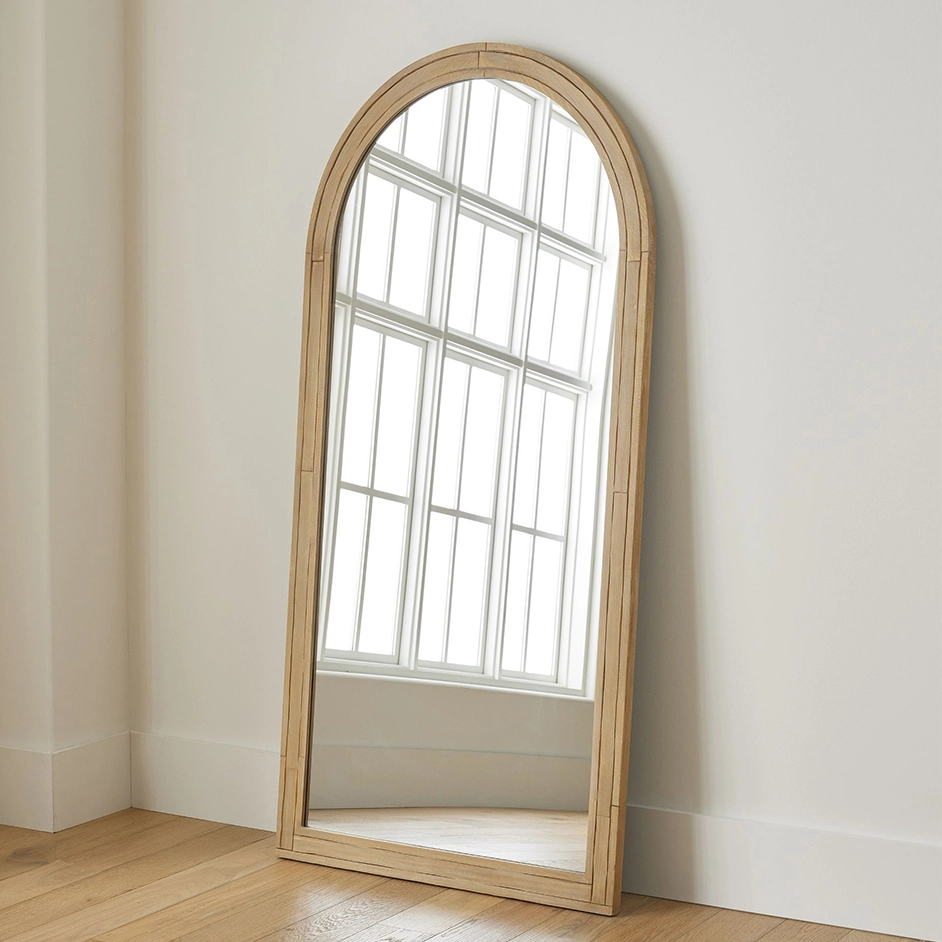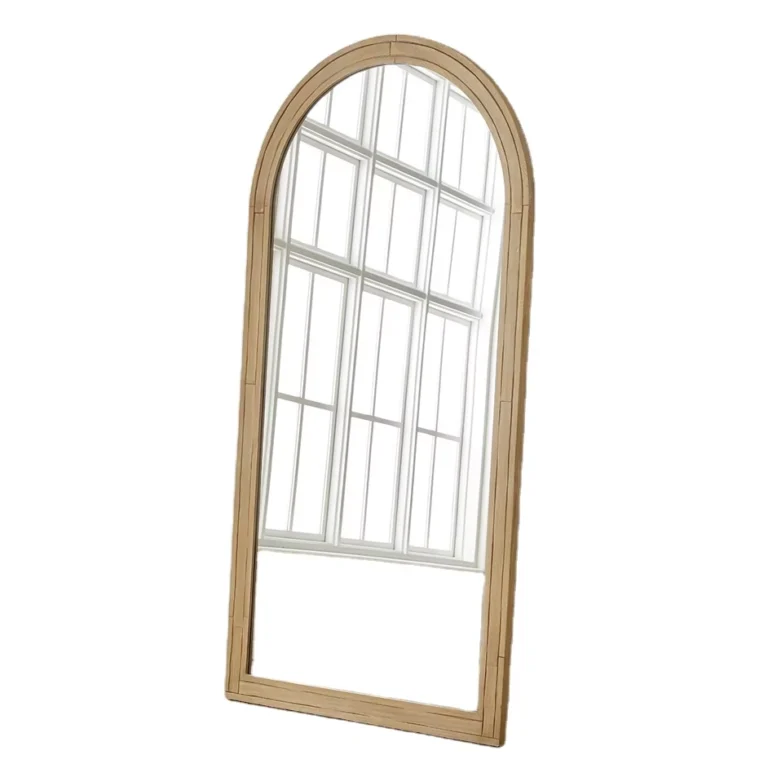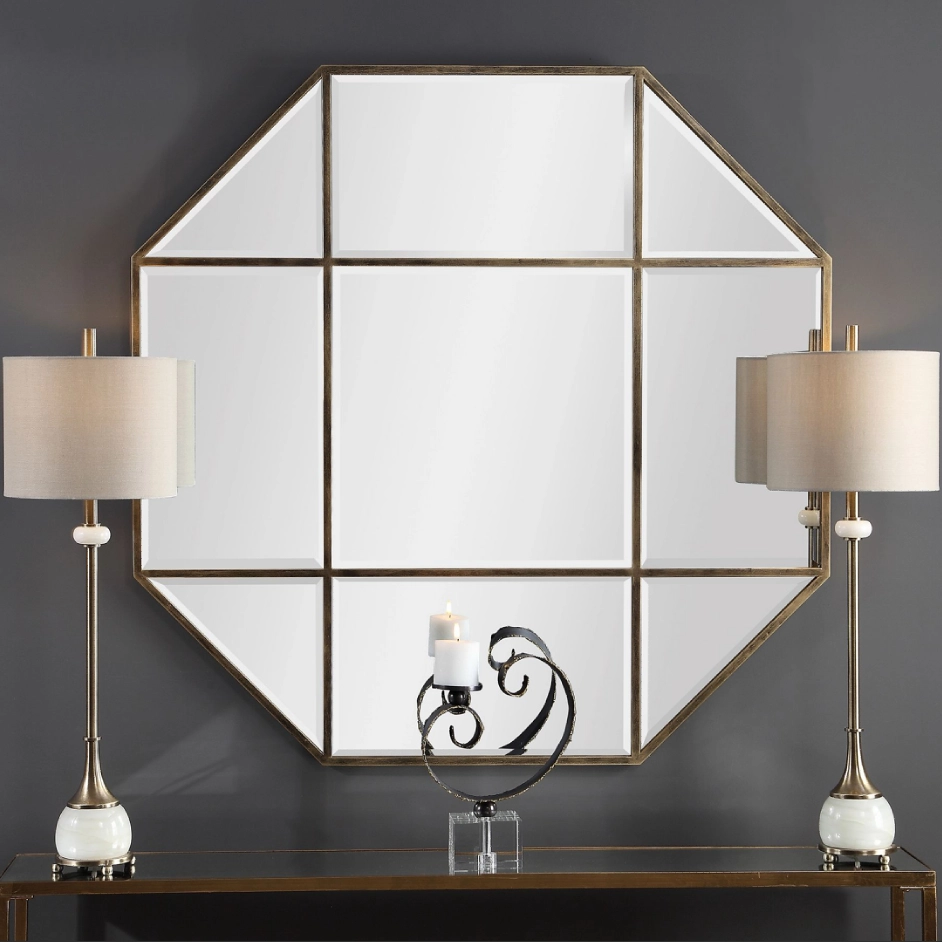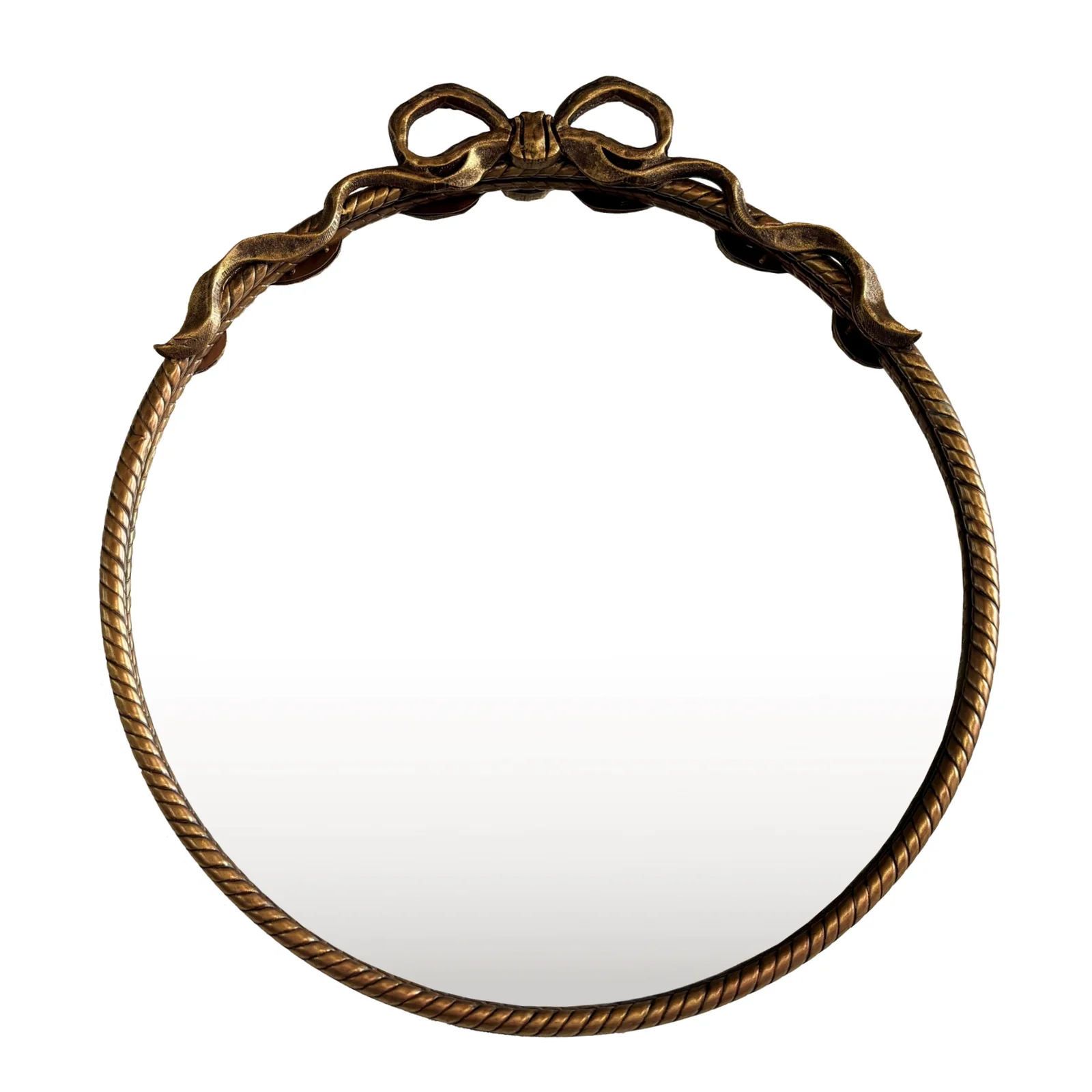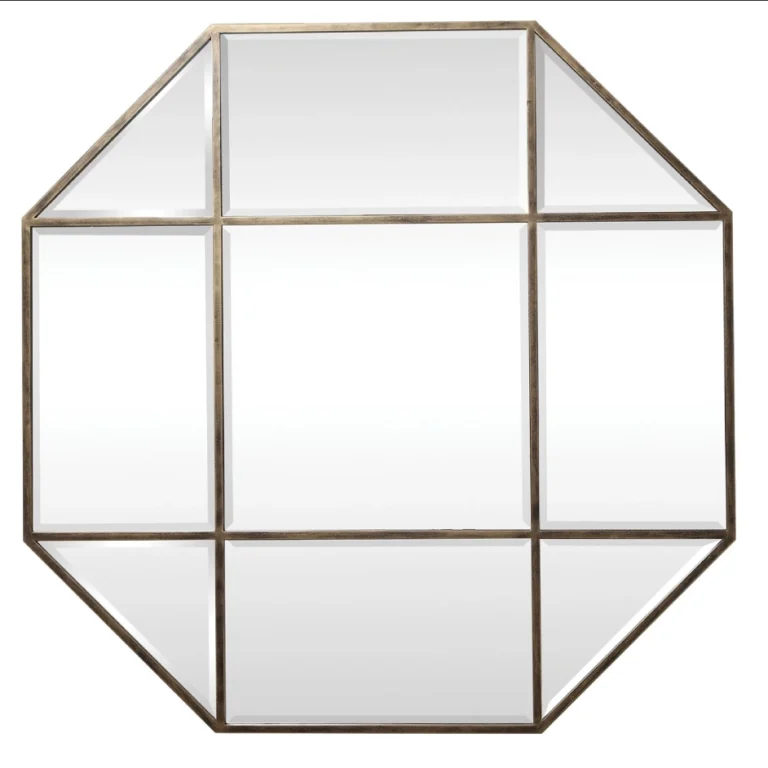Mirror deal Kent
Of course. The “Mirror Deal” or “Mirror Trade” involving the city of Kent is a significant and often-cited event in the history of professional basketball, specifically involving the Seattle SuperSonics and the Chicago Bulls.
It is one of the most infamous “what if” stories in NBA history.
The Short Summary
In the 1979 NBA Draft, the Chicago Bulls and Seattle SuperSonics agreed to a pre-arranged “mirror deal.” The Bulls promised to select a player chosen by the Sonics with the 4th overall pick, and in return, the Sonics would select a player chosen by the Bulls with the 1st overall pick. The teams would then immediately trade these players for each other.
The players involved were:
-
Sonics’ choice at #1 (via Bulls): Magic Johnson (Guard)
-
Bulls’ choice at #4 (via Sonics): David Greenwood (Forward)
The deal fell apart at the last second, changing the fortunes of both franchises.
The Detailed Story
1. The Context
-
Seattle’s Position: The Seattle SuperSonics were the defending NBA Champions (1979). They had won the title just weeks before the draft. Despite their success, they were a financially struggling team. Their star player, Dennis Johnson, was due for a significant raise, and owner Sam Schulman was looking to cut costs.
-
Chicago’s Position: The Chicago Bulls held the 4th overall pick in the draft. They were a middling team looking to add a star.
-
The Prize: The consensus #1 talent in the draft was Earvin “Magic” Johnson from Michigan State. The Los Angeles Lakers held the #1 pick, acquired from the New Orleans Jazz in a previous trade.
2. The Proposed Deal
The Lakers were open to trading the #1 pick, but the price was high. The Sonics, wanting to save money, didn’t want to pay a #1 pick’s salary on top of their existing payroll.
The Bulls and Sonics concocted a plan:
-
The Bulls would trade their All-Star forward, Norm Van Lier, and the #4 pick to the Lakers for the #1 pick.
-
The Bulls would then use that #1 pick to select Magic Johnson, the player the Sonics wanted.
-
The Sonics would use their own pick at #4 (which they got from the Bulls) to select David Greenwood, the player the Bulls wanted.
-
The two teams would then swap the players they just drafted: Magic Johnson to Seattle, David Greenwood to Chicago.
This “mirror” arrangement allowed both teams to get the player they desired while the Sonics achieved their main goal: drafting Magic Johnson with the #4 pick’s salary slot, not the #1 pick’s, saving them a substantial amount of money.
3. Why the Deal Fell Apart
The deal was agreed upon in principle. However, just before the draft, the Lakers backed out. They were no longer willing to include Norm Van Lier in the trade from Chicago. The Lakers’ owner, Jerry Buss, had a new idea: he wanted to build a showtime team around a superstar in Los Angeles.
With the Van Lier part of the deal dead, the entire intricate “mirror deal” between the Bulls and Sonics collapsed.
4. The Aftermath
-
The Los Angeles Lakers kept the #1 pick and selected Magic Johnson. He, alongside Kareem Abdul-Jabbar, led the Lakers to five NBA championships in the 1980s, creating the “Showtime” era and becoming a global icon.
-
The Chicago Bulls, stuck at #4, selected David Greenwood. He had a solid but unspectacular 10-year career, making one All-Star game.
-
The Seattle SuperSonics, also stuck, selected another forward, James Bailey at #4. He played only three seasons in Seattle as a role player.
The “What If” Legacy
The failed Mirror Deal is a monumental “sliding doors” moment in sports:
-
For Seattle: The question is eternal. Would Magic Johnson have led the already-champion Sonics to a 1980s dynasty instead of the Lakers? The financial constraints that prompted the deal eventually led to the breakup of the Sonics’ championship core anyway.
-
For Chicago: The Bulls missed out on a generational talent. It would be another five years before they drafted another point guard who would change the franchise’s destiny: Michael Jordan.
The story is a classic tale of how financial considerations, complex negotiations, and last-second changes can alter the history of the NBA. The city of Kent is not directly involved; the story is always associated with the Seattle and Chicago NBA teams. It’s possible “Kent” is a misspelling or a reference to the state of Washington (where Seattle is located), but the core story remains the same.
Generally speaking, our order requirements are as follows: the minimum order quantity (MOQ) for large items is 50 pieces, for regular items it is 100 pieces, for small items it is 500 pieces, and for very small items (such as ceramic decorations) the MOQ is 1,000 pieces. Orders exceeding $100,000 will receive a 5% discount. The delivery timeline is determined based on the specific order quantity and production schedule. Typically, we are able to complete delivery within two months.





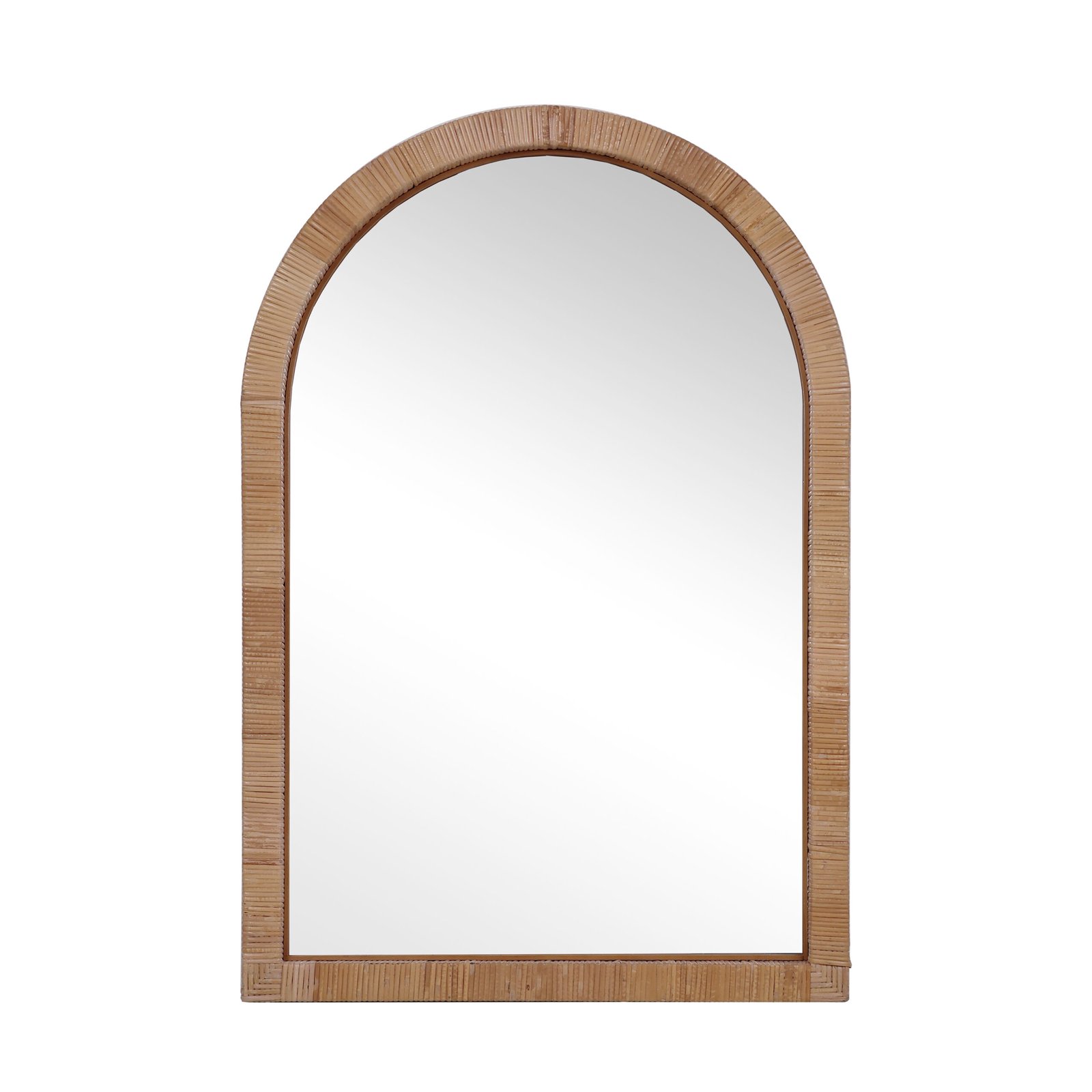














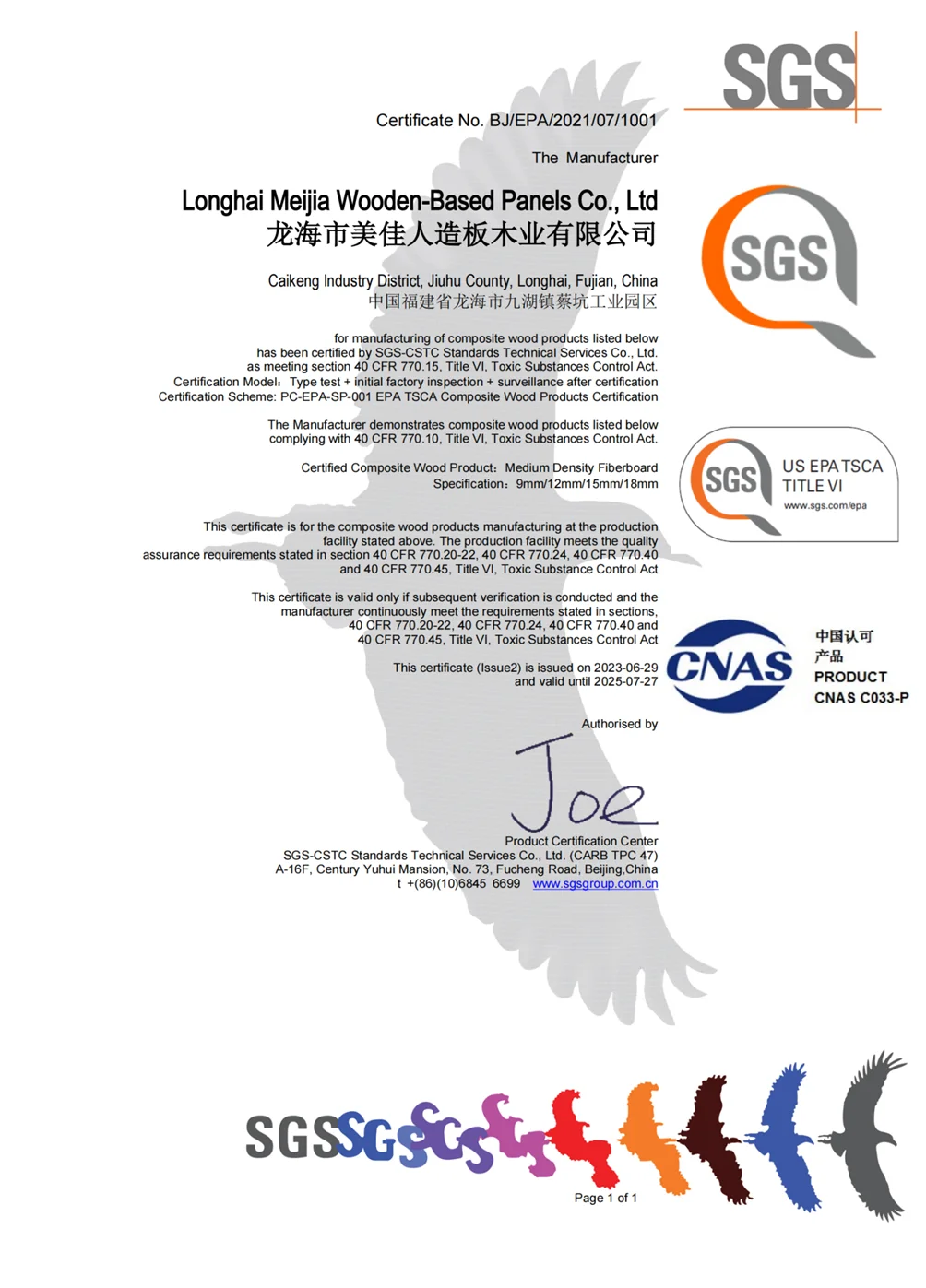

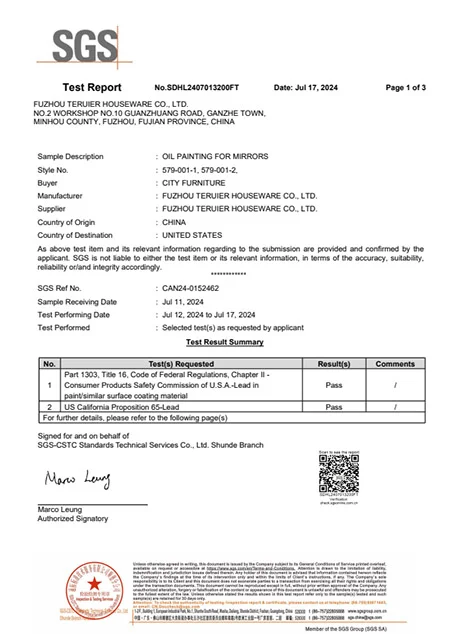


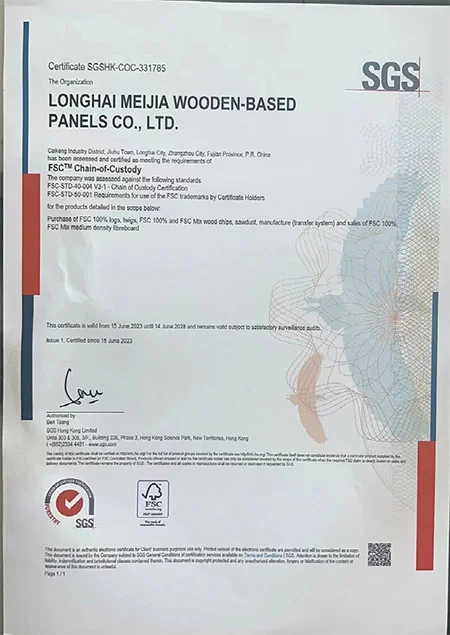






-scaled.jpg)

